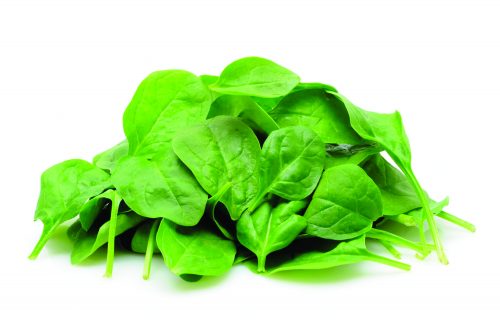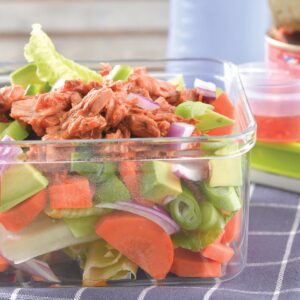
This leafy green is thought to have originated from the Middle East. Spinach features in dishes such as spanakopita (a traditional Greek dish with chopped spinach and feta in filo pastry) and eggs Florentine (a variation of eggs benedict). Popeye’s favourite makes a great salad base.
Buying
Spinach often comes prepackaged. Choose dark-green bunches/leaves which are crisp and without spots or wilting.
Storing
Store spinach dried and packed loosely in a plastic bag in the fridge. Spinach can last for up to one week, or freeze cooked spinach for later use.
Nutrition
Spinach is an excellent source of folate, an important vitamin many of us don’t get enough of. It’s also an excellent source of lutein and zeaxanthin – carotenoids which help protect our eyesight from the damage caused by UV light. Although spinach does contain iron, it is non-haem iron which is not as readily absorbed as haem iron found in meats.
Using spinach
Wash then pat spinach dry. Avoid cooking spinach in aluminium or serving the vegetable on silver as spinach reacts to these metals. For most recipes, spinach and silver beet are interchangeable. Simply add spinach to salad greens or chop and add to a lasagne. Spinach works well with pasta, eggs, cheese or fish. Add puréed spinach to soups and creamy sauces, or add to low-fat plain yoghurt to make a healthy version of creamed spinach. Basil complements spinach well – try our Spinach, pesto and lemon risotto cake recipe.
Did you know? Catherine de’ Medici, who became the queen of France in 1533, was a fan of spinach and insisted it was served at every meal. Catherine came from Florence, Italy, and today, it’s not uncommon for dishes with spinach to be given the name ‘Florentine’.
www.healthyfood.com










